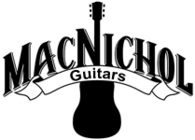Guide to Non-Compensated Acoustic Guitar Saddles
Non-compensated guitar saddles might seem the same, but there are various types, including center line, forward line, and diagonal line. When looking directly down at a non-compensated saddle’s top, the strings will either sit in the center, forward toward the soundhole, or at a diagonal, as shown in the below diagram.
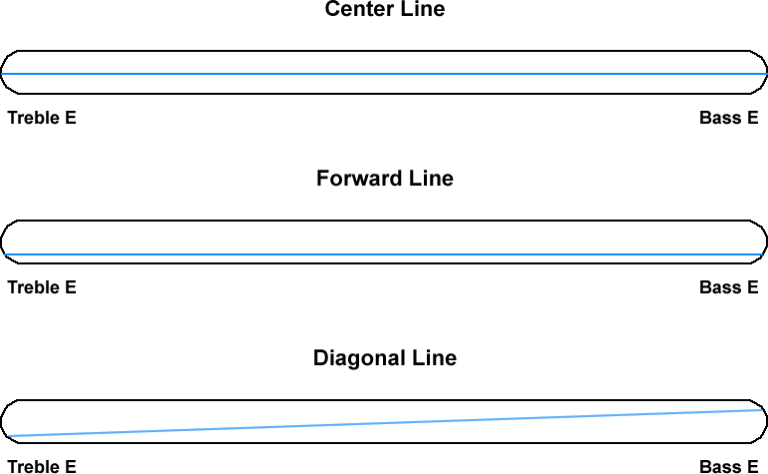
Center Line Saddle
Center line non-compensated saddles are quite common among non-compensated saddles. With this saddle type, all strings sit on top at the same center point.
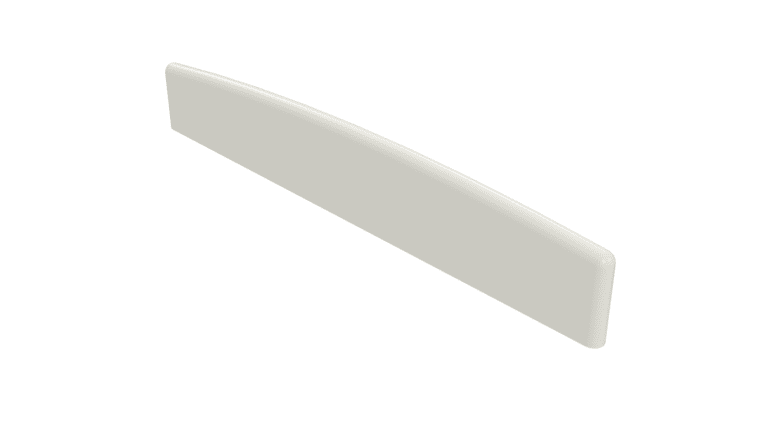
Forward Line Saddle
Forward line saddles have the strings sitting toward the front of the saddle, closer to the soundhole. Compared to a center line saddle, this might seem like a minor difference, but a forward line saddle will reduce total string length by a small amount. Conversely, this saddle type provides a bit of additional space on the bridge pin side, which can have a subtle effect on break angle.
Please note that replacing a center line saddle with a forward line one, or vice versa, could have an impact on the intonation as the strings could sit slightly forward or backward from where they sat on the previous saddle.
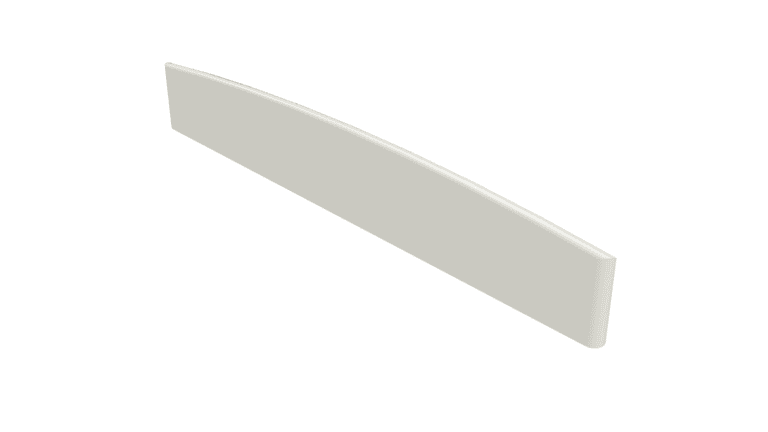
Diagonal Line Saddle
Some saddles that appear to be non-compensated actually have a small amount of compensation with a diagonal line. With diagonal line saddles, the treble E and B strings will sit forward, closer to the soundhole; the G and D strings will sit toward the center; the A and bass E strings will sit further back toward the bridge pins.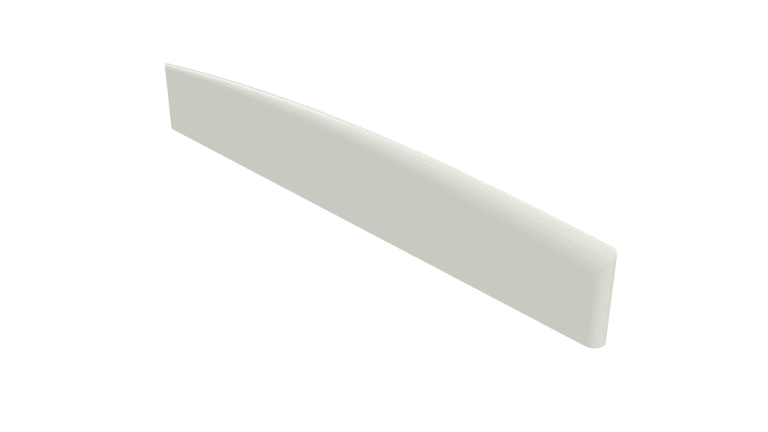
Other Factors to Consider
When choosing a non-compensated saddle, you will also want to look at length, height, thickness, and top radius. We suggest that you not only measure your current saddle’s specs, but the length and thickness of your bridge’s saddle slot as you may need a slightly longer and/or thicker saddle. Obtaining a snug, but not tight fit can improve tone.
Corners
Saddle corners can vary as well. The vast majority of guitarists will not worry about saddle corners and can skip to the next paragraph. However, if either of the following applies to you, consider corners and visit our Guide to Acoustic Guitar Saddle Corners. First, if you are fixing up a vintage guitar and seek to regain the original look as closely as possible, then consider saddle corners. Second, if you anchor your picking hand on or near the saddle where a saddle corner could get in the way, consider corners.
Should I Replace a Non-Compensated Saddle with a Compensated Saddle?
We advise against replacing a non-compensated saddle with a compensated saddle unless there are specific intonation issues you wish to address. Guitar builders consider bridge saddle slot angle, scale length, string spacing, string gauge, and other factors to determine saddle compensation pattern. Compensation will have an effect on your intonation, but this could be a positive or negative effect. Replacing a non-compensated saddle with a compensated saddle could have a negative impact on your intonation, particularly if your string spacing does not match the saddle compensation pattern.
Which Non-Compensated Guitar Saddle for Your Guitar?
Wondering which non-compensated saddle would work best for your guitar? Please contact us with the below information:
- Guitar Year, Brand, Model, Fretboard Radius
- Current Saddle Length, Height, Thickness
- Guitar Saddle Slot Length, Thickness (if different from saddle specs)
- Bass/Treble Edge Height Difference
- Current Saddle Non-Compensated Type (please send a picture if you are not sure what type you have)
- String spacing at the bridge
We will respond within 48 hours.
